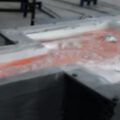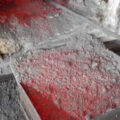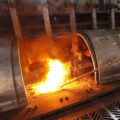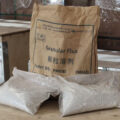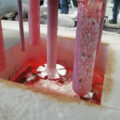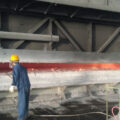Metal refining treatment can remove or minimize the gas and oxide inclusions in the regenerated aluminum alloy melt, so as to improve the degree of purification of the melt. The requirements for the purity of recycled aluminum alloy melts are different due to different varieties and uses. It is usually required that the hydrogen content per 100g aluminum is less than 0.2ml, and for some special aluminum alloys, the hydrogen content per 100g aluminum should be controlled to be less than 0.1ml. In actual production, the metallographic analysis method is used to qualitatively analyze the pinhole degree in the aluminum alloy structure to measure the hydrogen content. Since the detection of non-metallic inclusions cannot be accurately quantified, it is difficult to have quantitative requirements, and they can only be measured by metallographic analysis of the ingot structure. Finally, comprehensively judge the quality of the melt refining treatment effect, and determine the process parameters of the refining treatment.
Because chlorine is toxic, it is harmful to human health and severely corrodes surrounding equipment. Therefore, the current metal refining treatment of recycled aluminum alloy melt generally adopts N2 or N2-Cl2 mixed gas online purification treatment.
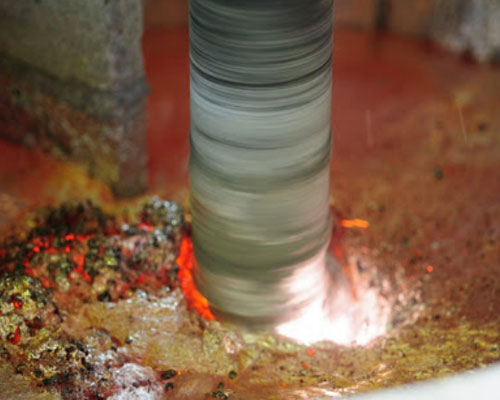
Because nitrogen is chemically inactive, it does not chemically react with the regenerated aluminum alloy melt and other dissolved gases at the refining temperature, nor is it soluble in the melt, so a large number of bubbles can be formed when nitrogen is passed into the melt.
In these nitrogen bubbles, the hydrogen partial pressure is zero, and the hydrogen partial pressure in the melt is much greater than zero. Therefore, there is a large partial pressure difference between the melt and the nitrogen bubbles, and the hydrogen in the melt continues to flow into the bubbles. Diffusion and enter the bubble until the partial pressure of hydrogen in the bubble increases to the same as the partial pressure of hydrogen in the melt, and equilibrium is reached.
When a large number of nitrogen bubbles float out of the melt, the hydrogen in the bubbles escapes into the atmosphere, so the bubbles are continuously generated, that is, the hydrogen dissolved in the melt can be continuously removed. In the process of bubbles floating, when they encounter inclusions, due to the effect of surface tension, the inclusions adhere to the surface of the bubbles, and these inclusions are removed as the bubbles rise. As a result, the inclusions are also removed while removing the gas.
Refining the recycled aluminum alloy melt with nitrogen, and the refining temperature should be controlled within the range of 690-710℃. Because the temperature is too high, nitrogen may react chemically with aluminum. The nitrogen pressure is controlled within the range of 10~15kPa.





